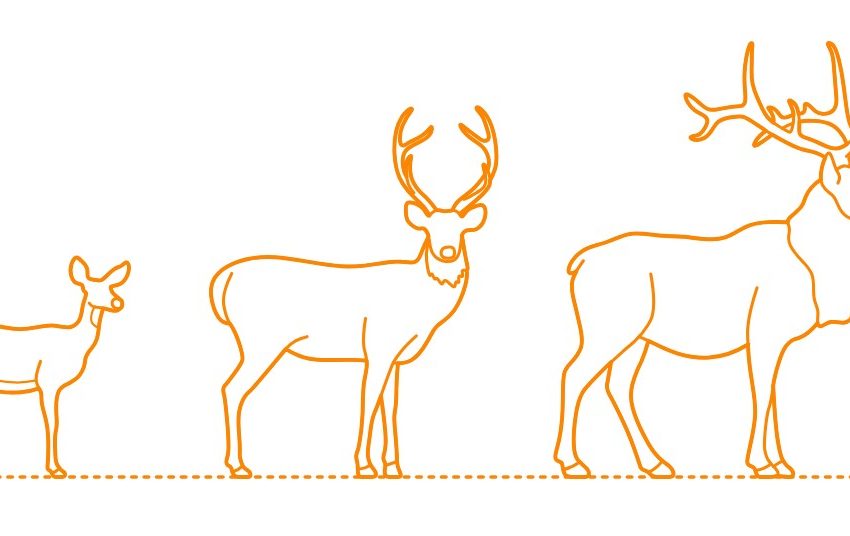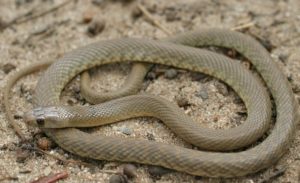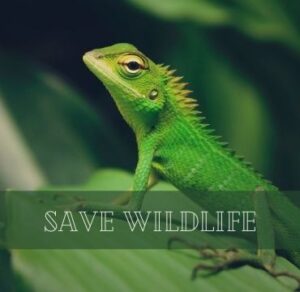Wild Animals That Start with the Letter D

Image Source: Dimensions.com
The animal kingdom is vast and filled with fascinating creatures with unique characteristics and behaviors. Today, we’re diving into the world of wild animals that start with the letter “D.” From the deep oceans to dense forests, these animals are scattered across various habitats, showcasing the diversity of life on Earth. Let’s explore some of the most intriguing “D” animals that roam our planet.
1. Deer
When you think of animals starting with “D,” deer are likely the first to come to mind. These graceful creatures are found worldwide, with several species adapted to different environments. Whether it’s the white-tailed deer of North America or the red deer of Europe, deer are known for their agility, speed, and antlers. These herbivores play a crucial role in maintaining the balance in their ecosystems by helping to manage vegetation growth.

2. Dolphin
Dolphins are highly intelligent marine mammals known for their playful nature and complex social structures. Found in oceans worldwide, dolphins are incredibly social animals that live in pods, often seen riding waves or playing in the surf. They use echolocation to hunt for fish and communicate with each other. Dolphins are a favorite in marine parks and are studied extensively due to their intelligence and friendly behavior toward humans.

3. Dingo
The dingo is a wild dog native to Australia. Dingoes are highly adaptable predators found in various habitats, including deserts, grasslands, and forests. They play a significant role in the Australian ecosystem, controlling populations of animals like rabbits and kangaroos. However, dingoes often face conflicts with humans, particularly farmers, due to their tendency to prey on livestock.

4. Dugong
The dugong is a large marine mammal closely related to the manatee. Dugongs inhabit the warm coastal waters of the Indian and Pacific Oceans, grazing on seagrass meadows. These gentle giants are sometimes referred to as “sea cows” due to their slow-moving, grazing lifestyle. Unfortunately, dugongs are vulnerable to threats like habitat loss, boat strikes, and entanglement in fishing nets.

5. Dragonfly
Dragonflies are not only beautiful but also incredibly skilled hunters. These insects are known for their bright colors and agile flight, often seen near ponds, lakes, and rivers. Dragonflies play a vital role in controlling mosquito populations, as they feed on larvae and adult mosquitoes. Their incredible speed and precision in flight make them one of nature’s most effective predators in the insect world.

6. Dromedary Camel
The dromedary camel, also known as the Arabian camel, is a single-humped camel species adapted to life in the desert. Found primarily in the Middle East and North Africa, dromedaries are known for their incredible endurance and ability to survive in harsh desert conditions. They are essential to the nomadic cultures of the desert, providing transportation, milk, and meat.

7. Duck-Billed Platypus
The duck-billed platypus is one of the most unique animals in the world. This egg-laying mammal is native to Australia and is known for its duck-like bill, webbed feet, and beaver-like tail. The platypus is a solitary creature that spends much of its time in the water, hunting for food. Despite its unusual appearance, the platypus is a highly efficient predator, feeding on insects, worms, and small crustaceans.

8. Desert Tortoise
The desert tortoise is a land-dwelling reptile native to the deserts of the southwestern United States and northern Mexico. These tortoises have adapted to survive in harsh desert environments, where they can live for 50 to 80 years. Desert tortoises spend most of their time in burrows to avoid the extreme heat, emerging during the cooler parts of the day to forage for food.

9. Dik-Dik
Dik-diks are small antelopes found in the bushlands of eastern and southern Africa. These tiny animals are named for the alarm calls they make when threatened. Dik-diks are known for their shy and elusive nature, often hiding in dense vegetation to avoid predators. Despite their small size, they are well adapted to their environment and are capable of surviving without direct water sources, obtaining moisture from the plants they eat.

10. Dhole
The dhole, also known as the Asiatic wild dog, is a highly social and pack-oriented predator found in Asia. Dholes are excellent hunters, often working together to bring down prey much larger than themselves. They are known for their distinctive whistling calls used to communicate with pack members. Unfortunately, dholes are endangered due to habitat loss, competition with other predators, and diseases spread by domestic dogs.

11. Dormouse
Dormice are small, nocturnal rodents found in Europe, Africa, and Asia. These animals are known for their long periods of hibernation, sometimes lasting up to six months. Dormice are arboreal, meaning they spend most of their time in trees, feeding on fruits, nuts, and insects. Their ability to hibernate and store energy makes them well-suited to survive in temperate climates with harsh winters.

12. Douc Langur
Douc langurs are colorful primates native to Southeast Asia. They are known for their striking appearance, with bright red, orange, and gray fur, and a white face with a black mask. Douc langurs are arboreal, living in the forest canopy where they feed primarily on leaves. Unfortunately, these beautiful primates are endangered due to habitat loss and hunting for the illegal wildlife trade.

13. Damselfish
Damselfish are small, brightly colored fish found in coral reefs across the world. These fish are known for their territorial behavior and can be quite aggressive, especially during breeding season. Despite their small size, damselfish play an important role in the reef ecosystem, helping to maintain the balance of algae and coral.

14. Dugite
The dugite is a venomous snake native to Western Australia. Dugites are slender, fast-moving snakes that are often found in coastal dunes, grasslands, and woodlands. While they are generally shy and avoid human contact, dugites are considered dangerous due to their potent venom. However, they play an important role in controlling rodent populations in their habitat.

15. Discus Fish
Discus fish are vibrant, round-shaped freshwater fish popular in the aquarium trade. Native to the Amazon River Basin in South America, discus fish are known for their bright colors and distinctive shape. These fish are social animals, often found in groups, and are known for their calm and peaceful demeanor. In the wild, they inhabit slow-moving waters, where they feed on small invertebrates and plant matter.

Conclusion
The diversity of wild animals that start with the letter “D” is truly remarkable, ranging from the depths of the ocean to the arid deserts. Each of these animals plays a vital role in their respective ecosystems, contributing to the balance of nature. Whether it’s the social dolphins of the sea, the elusive dik-dik of the African bush, or the colorful douc langur of Southeast Asia, these animals are a testament to the richness of life on Earth. As we continue to explore and understand these creatures, it’s essential to recognize the importance of conservation efforts to protect their habitats and ensure their survival for generations to come.







